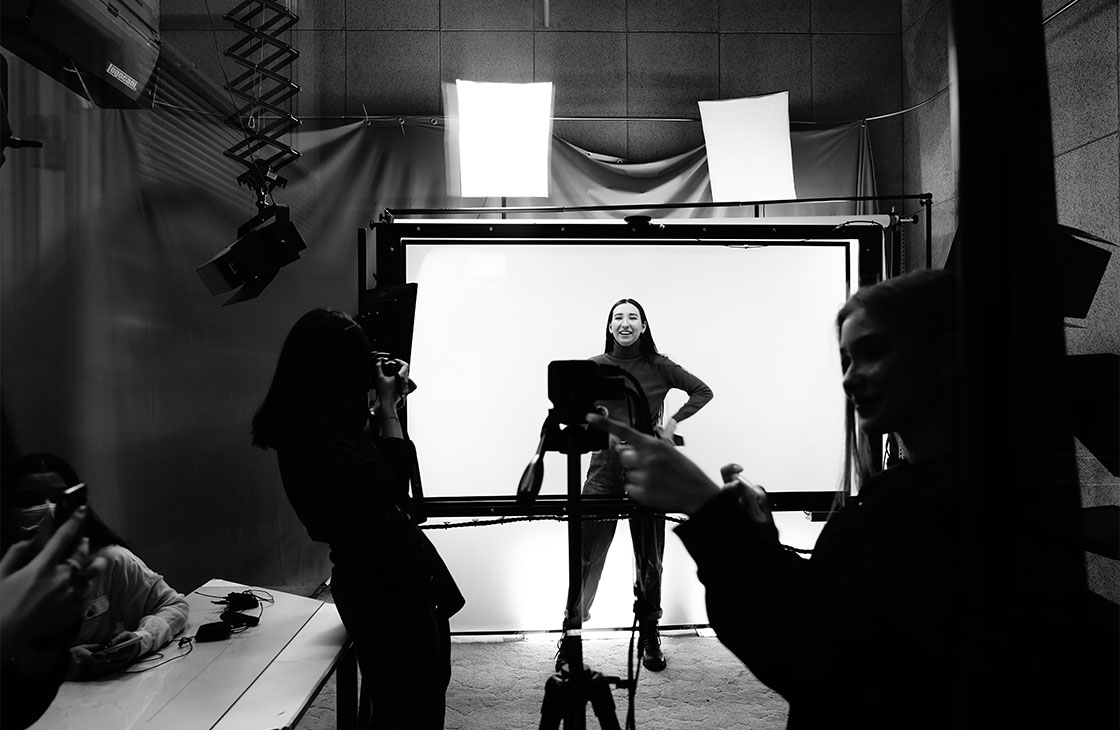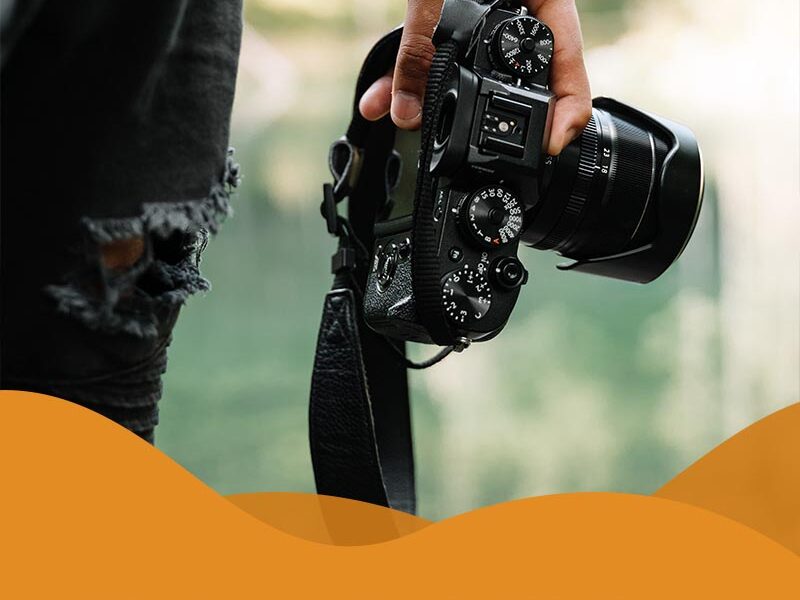The lighting in a photo is something that is so often overlooked when, in reality, it should be one of the most appreciated aspects of photography. When photographing a subject, you want to consider where your light is coming from and how it’s interacting with the subject. These two factors can make or break a photograph.
Where Is the Light Coming From?
Light comes from a variety of sources and presents itself in a myriad of ways. First and foremost, there are three types of light sources:
Natural light: The light from the sun.
Artificial light:Light that comes from flashes (also known as strobe lighting).
Ambient light: Any light that is preexisting in the shooting location (e.g., street lamps, fluorescents, or sunlight).
What Is the Light Doing?
Now that we’ve identified the types of light that you can utilize while shooting, let’s talk about the different ways lighting can illuminate the subject.
Direct light: When the light source directly hits the subject.
Reflected light: When the light bounces off another object before hitting the subject.
Hard light: When a small light source (relative to the size of the subject) is far away from the subject, creating crisp shadows.
Soft light: When a small light source (relative to the size of the subject) is close to the subject, creating blurred edges on the shadow and making the transition from dark to light more gradual.
Diffused light: When direct light is prevented from hitting the subject by an interfering object (e.g., clouds, curtains, or softboxes).
Positioning Your Lighting
Where you choose to position the lighting in reference to the subject can make a big impact on the result of the photograph. Make sure you carefully consider where you are placing your light.
Front: Placing your light directly in front of the subject will bring out the most amount of detail while permitting the shadows to fall behind the subject. This can sometimes result in the image looking flat.
Angled: Placing your light at an angle can give your photos a varying sense of emotion. For example, some angled lighting may look romantic but if you place the light directly under the subject, they may look menacing. When using angled lighting, remember to be aware of shadows.
Back: Placing your light behind the subject will result in them being backlit. This is the best way to create a stark silhouette. However, you can also play with this type of lighting, creating a halo of light or a lens flare.
What Is Three-Point Lighting?
Three-point lighting is when there are three sources of light being used to illuminate the subject – key light, fill light, and backlight. The key light is the light that provides the majority of the illumination while the fill and backlights are used to balance out the shadows. The key light will often cast harsh shadows on the subject. By placing a slightly less bright light a bit farther away and on the opposite side as the key light, the shadows become much softer. The backlight is used to separate the subject from the background.
Are you in need of professional, high-quality photography? Look no further than VUP Media! We provide photography services for several projects including, but not limited to, architecture, automotive, beauty, conceptual, fashion, lifestyle, landscape, portraiture, still-life, and product photography. Contact us today to schedule your photoshoot!








